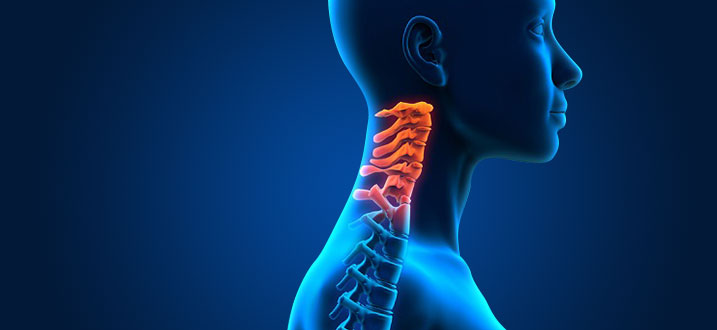HEAD & NECK CANCER

Head and Neck cancer
Most cancers that are collectively known as head and neck cancers start in the squamous cells that line the mucosal surfaces of the head and neck (for example, those in the mouth, throat, and voice box). Known as squamous cell carcinomas of the head and neck, these cancers are common in both men and women.
Head and neck cancers can also develop in the salivary glands, sinuses, muscles, and nerves. They are, however, much less common than squamous cell carcinomas.
Symptoms of head and neck cancer
Symptoms of head and neck cancer may include a lump in the neck, a sore in the mouth or throat that doesn’t heal a sore throat that won’t go away, difficulty swallowing, and a change in voice. Other, less serious conditions may also cause these symptoms. It is important to see a doctor or dentist if any of these symptoms occur.
Causes of head and neck cancer
- Smoking and alcohol are two of the leading causes of head and neck cancer, particularly those affecting the mouth, throat, and voice box. These cancers are more likely to develop in people who use tobacco and alcohol together than those who only use one or the other. Almost all mouth and voice box squamous cell carcinomas can be traced to tobacco and alcohol use.
- Human papillomavirus (HPV) infections, especially HPV type 16, are risk factors for oropharyngeal cancers that involve the tonsils and the base of the tongue. In addition to head and neck cancer, HPV can also be detected in other types of head and neck cancer. However, it seems to cause cancer only in the oropharynx. The reasons for this are poorly understood.
- The usage of paan (betel quid) in the mouth, a common practice in Southeast Asia, has been linked to an increased risk of mouth cancer.
- Exposure to EBV, often known as the virus that causes mononucleosis or “mono,” has a role in the development of nasopharyngeal cancer.
- Poor oral and dental hygiene may increase the chance of developing head and neck cancer.
- Asbestos, wood dust, paint fumes, and some chemicals can all raise a person’s chance of developing head and neck cancer.
- Men are twice as likely as women to acquire head and neck cancer. However, the incidence of head and neck cancer in women has been steadily increasing over several decades.
How to prevent head and neck cancer?
Different forms of cancer are caused by different factors. Researchers are still investigating what factors trigger this form of cancer, as well as measures to avoid it. Although there is no established method of totally preventing this disease, you may be able to reduce your risk.
- The most essential thing a person can do to lower their risk is to stop using all tobacco products, even if they have been smoking for a long time.
- Avoiding alcohol.
- Use sunscreen on a daily basis, as well as lip balm with a sufficient sun protection factor (SPF).
- It is also critical to reduce your chance of HPV infection.
- Keep your dentures in good condition. Poorly fitted dentures can trap the cancer-causing chemicals found in tobacco and alcohol. Denture users should have their dentures examined by a dentist at least every 5 years to guarantee a good fit. Every night, dentures should be removed and carefully cleaned and washed.
Departments
Contact Us
- MEDICITY GUWAHATI ADITYA
- SRISHTI HOSPITAL DIBRUGARH
- +91 9560630205
- bikram.deka@gmail.com
+91 9560630205

Get In Touch
- +91 95606 30205
- bikram.deka@gmail.com
- BLK Super Specialty Hospital, Delhi
- Medicity Guwahati Aditya Hospital
- Srishti Hospital, Dibrugarh
